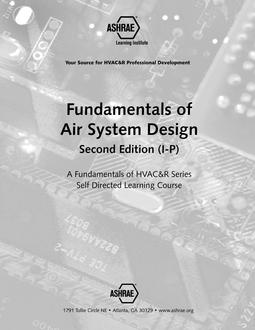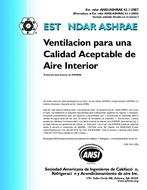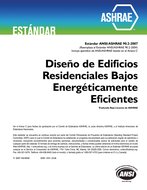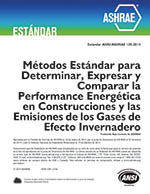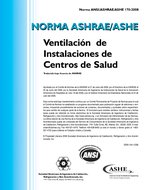Description
This course covers the basics of air movement; components of air distribution systems; consideration of human comfort; load and occupancy demands; duct system design; sound and vibration; codes and standards; and air system start-up and diagnosis.
What You Will Learn
You will develop an understanding of the basics of air movement; the components of air distribution systems; considerations of human comfort; load and occupancy demand; duct system design; sound and vibration; and how codes and standards affect the design of air systems. After completing the course, you should know:
- The functions of the components of an air distribution system, including major equipment types and auxiliary components.
- The principles of air distribution as they relate to human comfort.
- The principal codes and standards affecting air system design.
- How to layout and size a simple duct system and calculate pressure losses in the system.
- Common methods for reducing airborne sounds in systems and
- How to start an air system and diagnose common problems associated with air system start-up.
Course Content
- Fundamentals of Air Flow — Static and dynamic compressible fluid (air) laws, friction effects, the friction chart, and density and altitude effects.
- Air Distribution System Components — System overview, air handling units, ducts, controls, air distribution devices, and sound absorbers.
- Human Comfort and Air Distribution — Principles of human comfort, principles of space air distribution, and types of air distribution devices.
- Relationship of Air Systems to Load and Occupancy Demands — Operating system selection criteria, system types by heating/cooling equipment type, system type by duct configuration, economizers and outdoor air intakes.
- Exhaust and Ventilation Systems — Design considerations, system types, and energy recovery.
- Air Movers and Fan Technology — Fan principles, fan drives, fan selection, fan installation design, fan controls and the effect of variable resistance devices.
- Duct System Design — Design overview, materials, construction, design and sizing, and sample systems.
- Codes and Standards — Building code requirements, ASHRAE Standard 90.1-2007, ASHRAE Standard 62.1-2007, other codes and standards, and sources of information.
- Air System Auxiliary Components — Dampers, air filters, humidifiers, duct heaters and duct insulation.
- Sound and Vibration in Fan Systems — Fundamentals of sound, sound and vibration sources, sound attenuation, and vibration control.
- Air System Start-Up and Diagnostics — Design considerations, air volumetric measurement methods, balancing procedures for air distribution systems, and noise and vibration diagnostics.
- An Actual Duct Design Problem — Duct design procedures, building and system, and working through the problem.
Who Should Enroll in This Course?
This is an excellent course for anyone who needs information on air distribution systems. You will benefit from this course if you are:
- A recent engineering graduate working in the HVAC&R industry.
- An experienced engineer who has entered the HVAC&R industry from another engineering field.
- An architect, engineer, technician, or construction or building management professional who wants to increase your knowledge of air distribution systems.
Participants completing this course earn 3.5 Continuing Education Units (CEUs) or 35 Professional Development Hours (PDHs).
Citation: ASHRAE Self-Directed Learning
Product Details
- Edition:
- 2nd
- Published:
- 2009
- ISBN(s):
- 9781933742458
- Number of Pages:
- 374
- File Size:
- 1 file , 8.1 MB
- Product Code(s):
- D-98036, 98036
